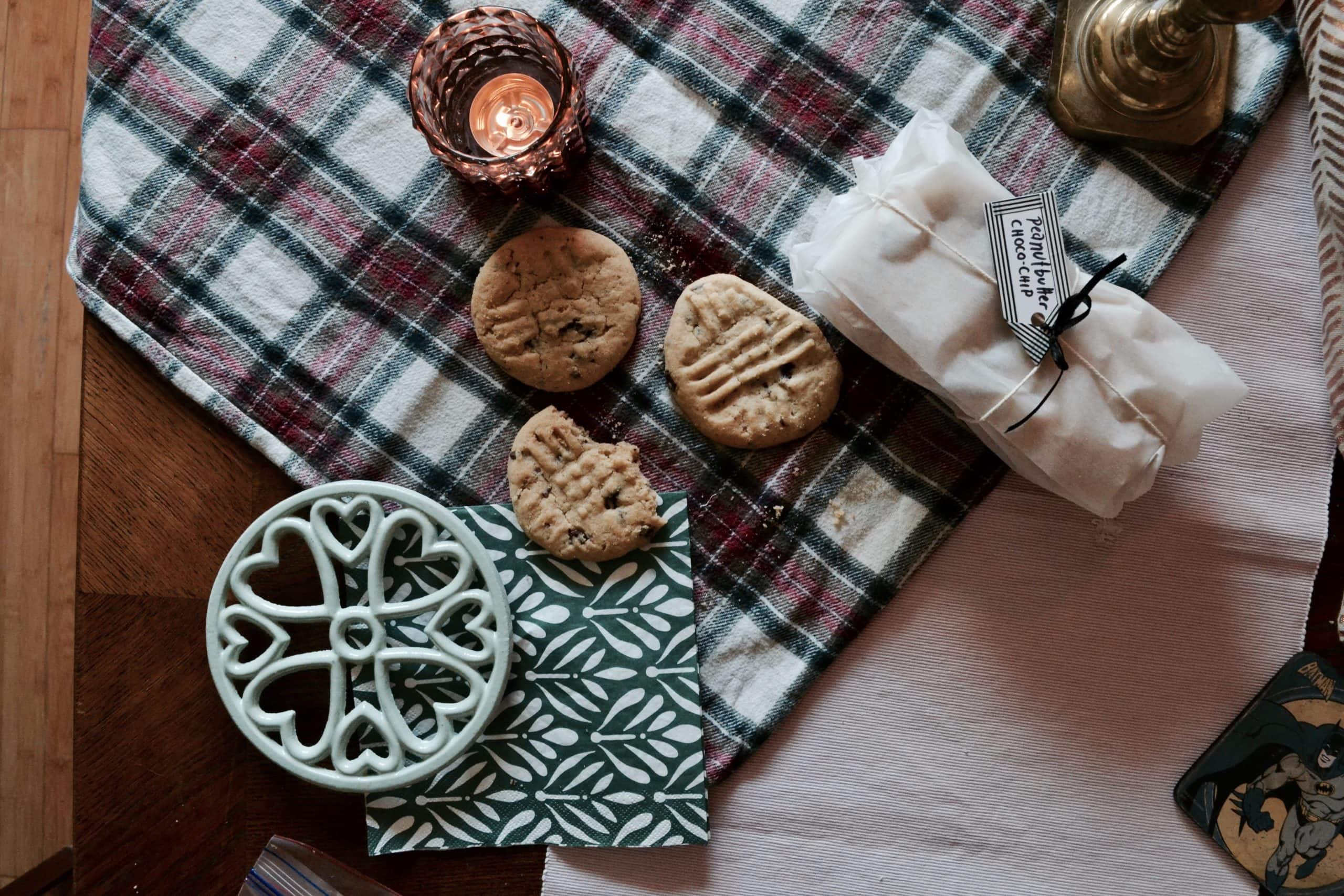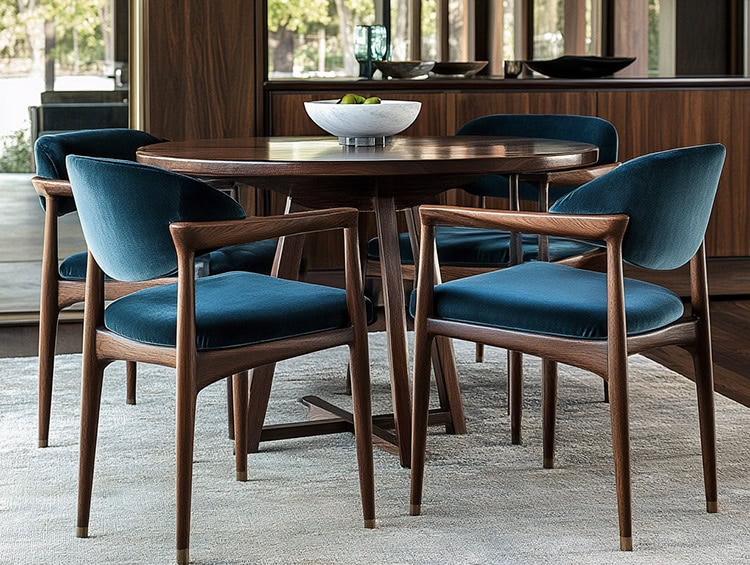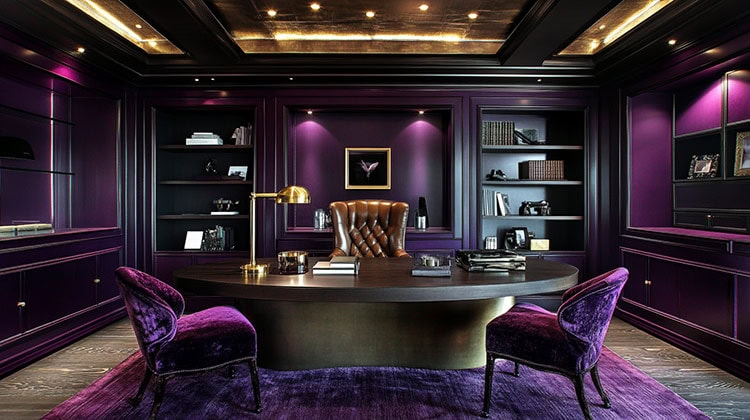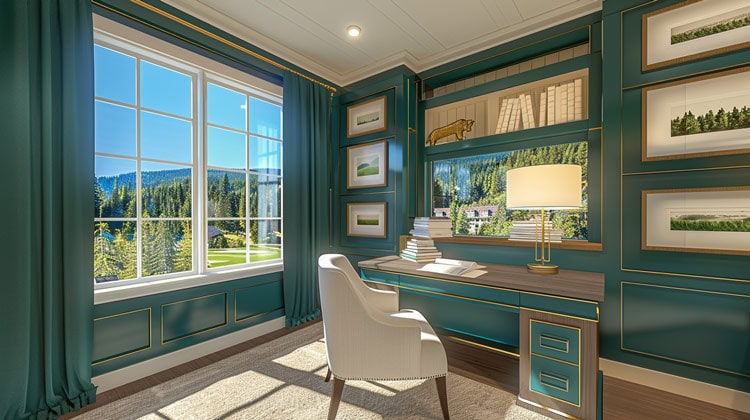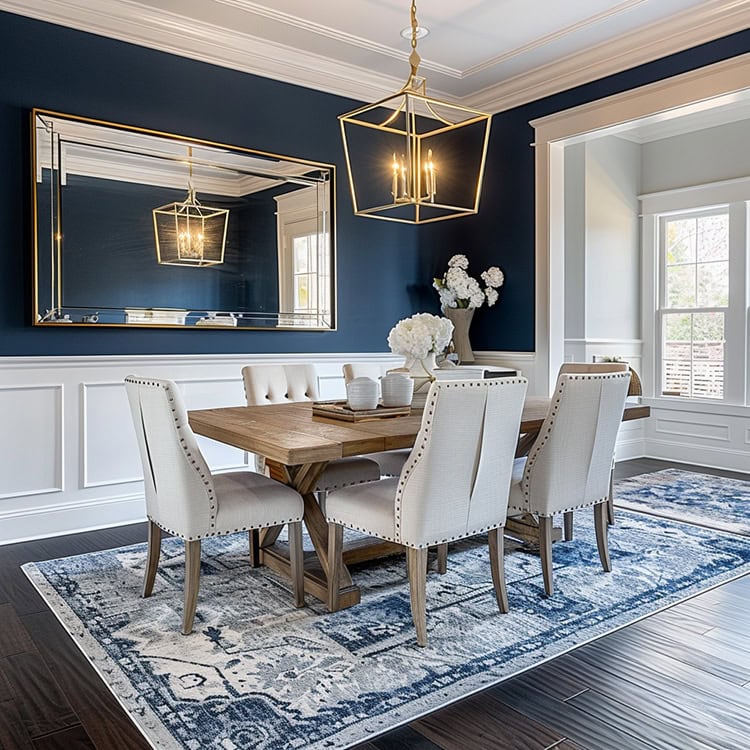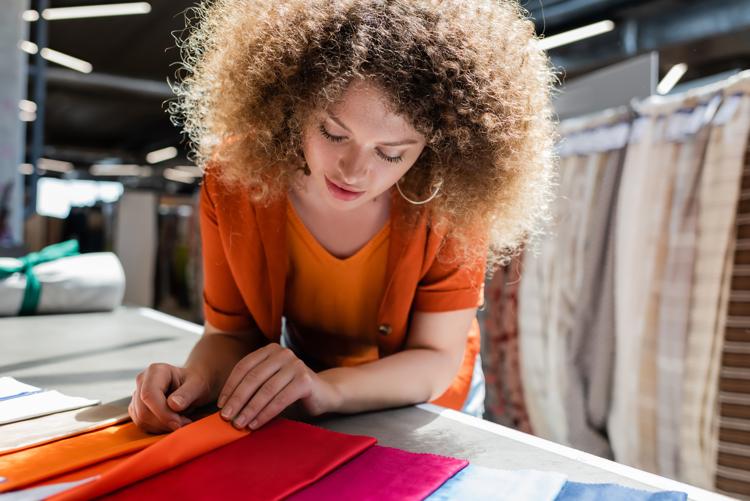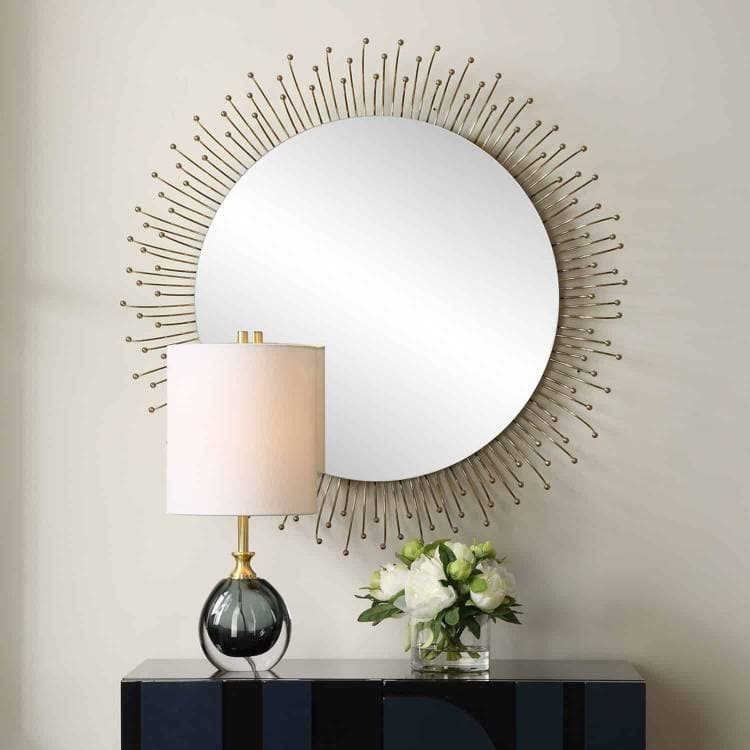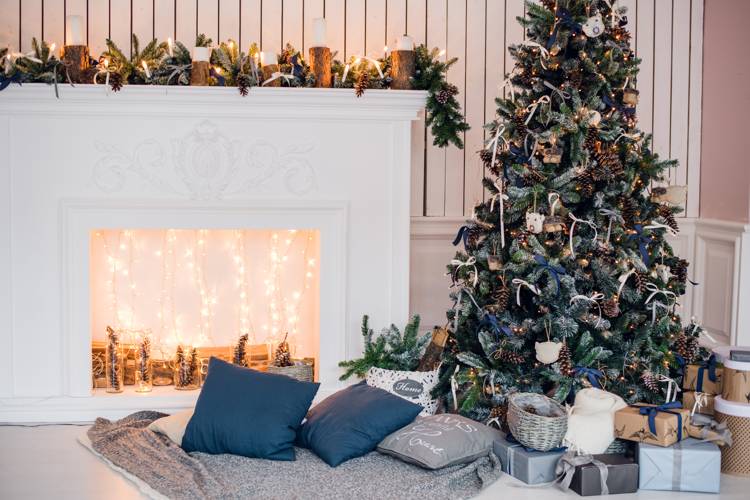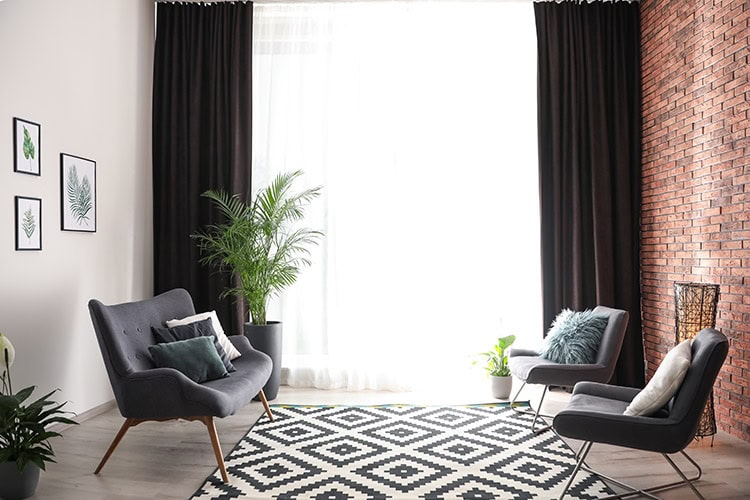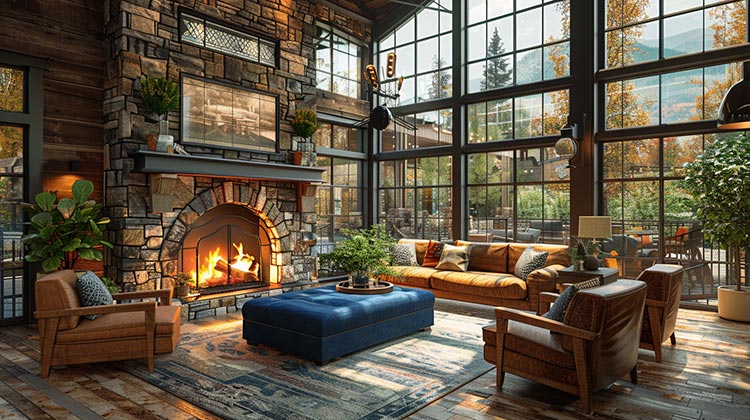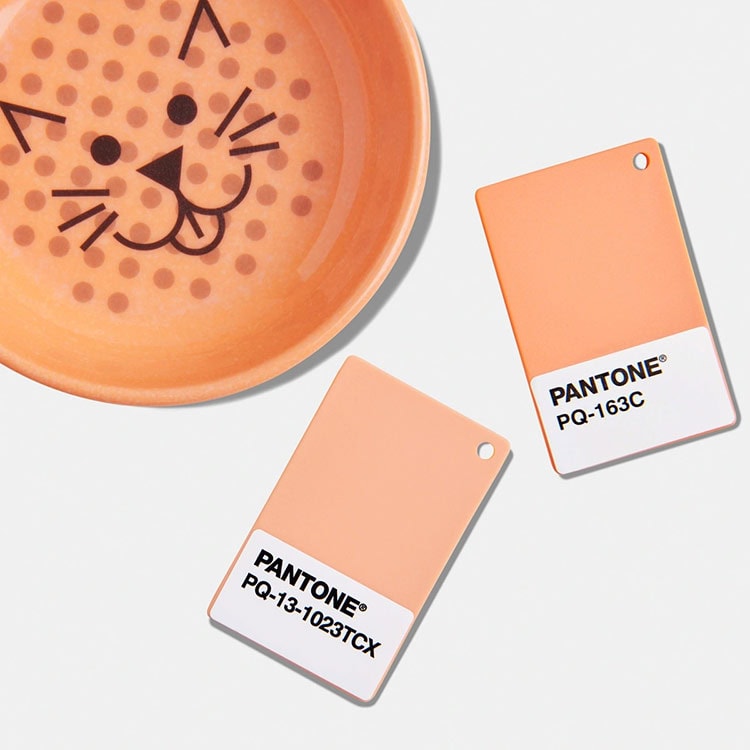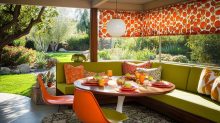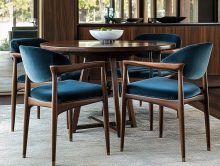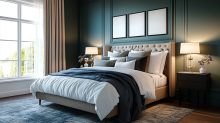There’s just something about plaid. As beautiful as it is versatile, plaid can evoke a coziness home interiors need this time of year. If you want to incorporate a fabric that’s both trendy and timeless, plaid can certainly meet your expectations and then some.
Why Plaid?
As mentioned earlier, plaid is trendy, timeless, versatile, and beautiful. But that’s not all. Here are 3 reasons to consider it for your home.
Reason #1: Plaid makes a bold statement
Reason #2: Plaid can effectively anchor a space
Reason #3: Plaid blends beautifully with other patterns
Types of Plaid
Did you know that there were different types of plaid? While plaid’s obvious beauty comes from its colorful crisscrossing strips, the pattern goes a bit beyond that.
Popular types of plaid include:
- Tartan: A pattern consisting of criss-crossed horizontal and vertical bands in multiple colors that originated in Scotland.
- Tattersall: A check or plaid pattern woven into cloth. The pattern, which originated in London, is composed of regularly-spaced thin, even vertical warp stripes, repeated horizontally in the weft, thereby forming squares.
- Windowpane Check: A check pattern resembling the pattern of panes on a window.
- Buffalo Check: A plaid with large blocks formed by the intersection of two different color yarns. At one time, buffalo check was predominantly red and black. Today, however, buffalo check comes in a much wider variety of colors.
- Madras: a strong, fine-textured cotton fabric, typically patterned with colorful stripes or checks, that dates back to Chennai, India in the 1800s.
- Gingham: A medium-weight balanced plain-woven fabric made from dyed cotton or cotton-blend yarn. It originated in mid-18th century Manchester, England. Simply put, gingham looks like a much smaller version of buffalo check.
- Glen Plaid: Short for Glen Urquhart plaid, this pattern is a woolen fabric with a woven twill design of small and large checks. It is usually made of black/grey and white, or with more muted colors, particularly with two dark and two light stripes alternate with four dark and four light stripes which creates a crossing pattern of irregular checks.
Because plaids come in a much wider variety, it makes it much easier to add it to any design style or decor.
Putting Plaid to Use in Your Home
We know that plaid is a classic, but that doesn’t mean that it has to be used in classic ways. Have fun with it and do something unique and unexpected. Here are some ideas to get you started:
- Have a major plaid focal point. As the saying goes, go big or go home. Think about what will make a big statement and make it happen. It could be something obvious like a plaid couch, or something a bit more unexpected, such as a large plaid wall. Want your plaid to pop even more? Surround it with things in white.
- Layer a variety of scales. Playing with scale can be fun, so take your time and play with different scales until you find a look you love. In many cases, traditional style calls for smaller scales, while modern interiors lean toward over-sized ones, but that doesn’t mean you have to go by the book. Want to show a transitional or even an eclectic side of yourself? Great! Mixing up the scale of your plaid patterns is the way to do it.
- Add other patterns to the mix. Plaid is beautiful and versatile, which means you can mix it with other patterns easily. Go for it!
- Keep it subtle. Big and bold isn’t for everyone and that’s okay. Subtle touches of plaid can be just as beautiful. Pillows, window treatments, and throws are just a few of the smaller ways you can use it in your space.
Important Things to Keep in Mind
If you need some extra dimension in your space, add it through a pattern such as plaid. Because plaid comes in a variety of colors and scale combinations, it’s a wonderful pattern to use. With that said, use it wisely so the space isn’t too overwhelmed with its distinctness.
For those who prefer traditional design style, stick with using plaid sparingly, and in relatively traditional ways. If your space is a bit more eclectic, or even modern, go crazy with it (as long as it still fits within your color scheme). Failing to take colors into consideration can leave the room feeling overwhelming and disconnected, rather than pleasing and harmonious. A mixture of plaids can actually look and feel really cohesive as long as the colors used make sense.
Plaid is anything but stuffy these days, so don’t hesitate to use this great pattern in your decor. Be sure to search “plaid” on our website to see what we have available for you.
When you are looking for a fabric store near you in Irving, TX, stop by our Cutting Corners location in Dallas, Tx for great deals on discount designer fabrics. You will find something for every home interior project from gorgeous drapery fabrics to lightweight cottons and luxurious Dupioni Silks.

